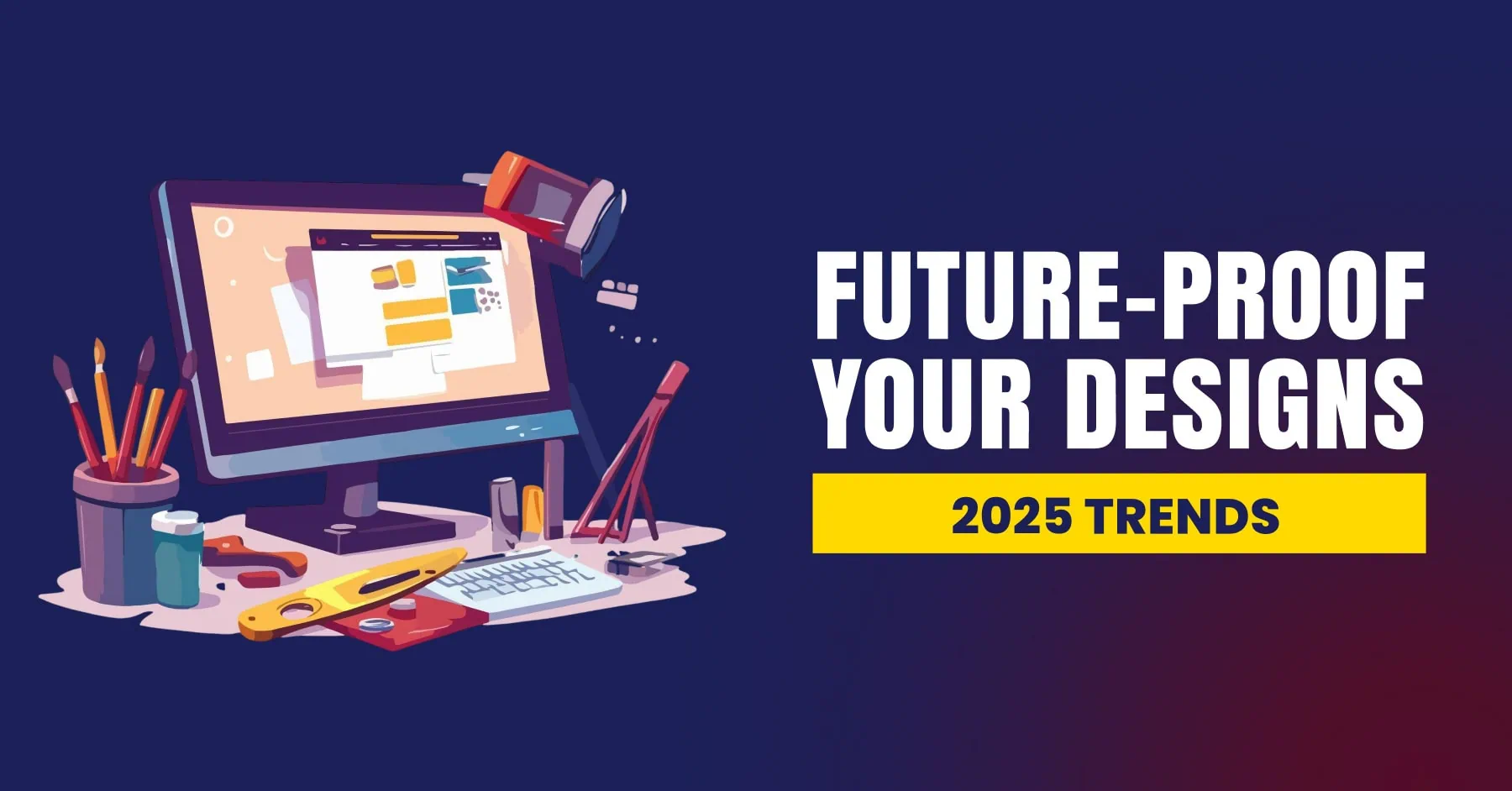Strategic Web Design: A Driver for Marketing Efficiency
In the current digital landscape, an effective web presence is essential. Businesses are steadily recognizing that web design is more than just looks; it is a powerful tool that can drive marketing efficiency and enhance brand visibility. A properly crafted website acts as the cornerstone of any digital marketing strategy, influencing how potential customers understand a brand and interact with its offerings.
When a website is intentionally designed, it can capture and hold visitors, guiding them seamlessly through a journey that leads to conversion. From easy-to-use navigation and appealing visuals to optimized loading speeds and compelling content, each aspect of web design plays a critical role in achieving business objectives. By focusing on user experience and aligning design choices with business objectives, companies can build a digital environment that both engages and captivates users but also transforms them into loyal customers.
The Importance of User Experience
UX is a key component of successful web design that profoundly impacts a business's marketing success. As soon as websitevisie.nl visit a site, their interaction defines their perception of the brand. A user-centered site that prioritizes user needs can quickly convey professionalism and dependability. This strong first impression can lead to increased engagement and retention rates, which are essential for achieving marketing goals.
Including intuitive navigation, responsive design, and quick pages enhances the overall user experience. These characteristics facilitate smooth interaction, making it easier for visitors to find the content or items they are looking for. A fluid experience reduces frustration and raises the likelihood of conversions, whether that's making a buy or registering for a newsletter. Thus, investing in web design that focuses on usability lays a strong foundation for effective marketing strategies.
Moreover, a great user experience fosters customer loyalty and promotes word-of-mouth referrals. If users are satisfied by their time on a website, they are more likely to return and recommend it to others. This natural promotion can significantly increase marketing efforts without further cost. Therefore, prioritizing user experience in web design is not just an aesthetic choice; it is a strategic action that can drive lasting marketing efficiency and growth.

Aligning Visuals to Business Goals
In order to efficiently attain promotional objectives, website design needs to be intentionally coordinated with the primary goals of the business. A thoughtfully built website acts as more than just an online presence; it reflects a company's character and steers visitors to preferred responses. Each component of the design—color palettes, layout, and fonts—is expected to reflect the brand's communication and speak with the customers. By comprehending user needs and interests, developers can create a smooth UX that boosts participation and conversion.
Adding action prompts is a key element of aligning design to marketing objectives. These prompts must be aesthetically evident and thoughtfully located within the design. A strong CTA can encourage visitors to subscribe for newsletters, complete transactions, or explore further information. Moreover, the layout should facilitate easy browsing to ensure that visitors can find what they require without difficulties. This method does not just enhance user satisfaction but also enhances the likelihood of fulfilling specific marketing outcomes.
Additionally, a metrics-focused approach in website creation allows organizations to refine business strategies on an ongoing basis. By examining customer behavior and interaction measurements, creators can adapt elements in the moment to improve efficiency. This iterative method makes certain that the website continues to be dynamic and in sync with changing marketing goals. In the end, combining web design and tactical marketing objectives builds a strong structure that encourages expansion and creates long-term relationships with users.
Assessing Web Design Effect on Conversion Rates
Assessing the effectiveness of website design in driving conversion metrics is vital for any promotional plan. By employing analytical methods, businesses can monitor customer behavior on their sites, determining which design features support or impede conversions. Metrics such as CTR, exit rates, and time on page offer important insights. Analyzing these metrics helps organizations comprehend how effectively their design matches with visitor needs and desires.
A/B testing is a robust approach used to contrast various design variants. By offering two versions of a landing page to users, companies can evaluate which design yields better results in terms of attracting customers or conversions. This strategy enables companies to make data-driven decisions about updates, ensuring that any changes lead to a noticeable increase in conversion rates. The ability to validate ideas around design elements can reveal valuable information into user preferences and behavior.
Additionally, monitoring visitor responses and usability testing can improve the effect of web design on customer actions. Obtaining user insights through questionnaires or direct user interactions sheds light on potential issues that numeric data may overlook. Incorporating customer insights into the development process, organizations can create a more customer-focused experience, thereby achieving increased conversions and realizing wider marketing aims.